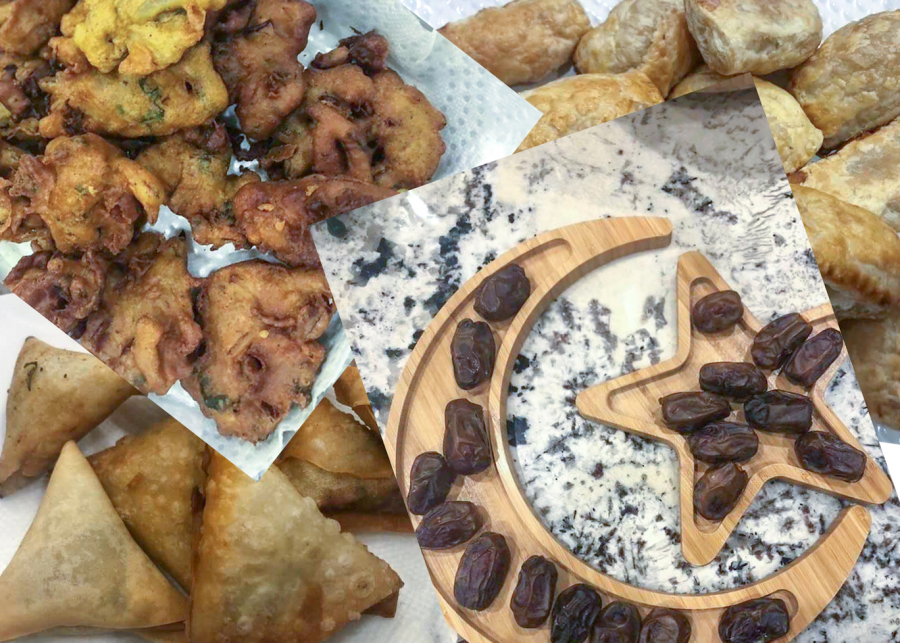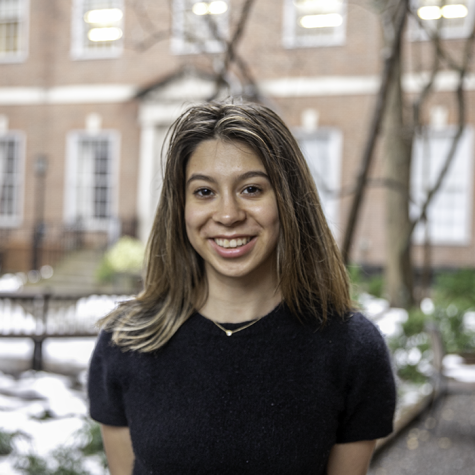Last Monday marked the beginning of the Muslim holiday Ramadan. Prior to my conversations with my interviewees, I thought it was a holy month filled with prayer and fasting. I’m ashamed to admit that I did not see the whole picture.
Yes, Ramadan consists of fasting and prayer, but that is only part of the story. There’s a communal aspect to the holiday that makes the experience of fasting and prayer more special to those observing it.
“It has always been about community,” College of Arts and Science junior Asma Bawla told WSN in a phone interview. “I break fast and attend prayer services with my friends, but it’s also about giving back and feeding other people.”
COVID-19 is still a threat, which can make it difficult for students to embrace the communal aspect of Ramadan. Despite an increase in nationwide inoculation rates, the Centers for Disease Control and Prevention still advise against large gatherings, even if you’ve been fully vaccinated.
Fortunately, some NYU students observing the holiday found a way to celebrate, despite the circumstances: reminiscing on fond memories and eating good food.
Liberal Studies first-year Yaman Tembulkar usually visits her family in Bombay, India, to celebrate the holiday. However, due to restrictions on international travel, she’s making the most out of her holiday on campus.
“This year I called my family members, but now I break fast with my friends,” said Tembulkar. “Usually it’s dining hall food, but lately I’ve been going out with friends to Mamoun’s or The Kati Roll Company.”
CAS senior Asma Bawla currently lives with her family in Albany, New York. While she isn’t able to attend prayer services or break fasts with her friends, she enjoys the company of her family during this holy month.
“Even though we’re fasting, we still come together as a family and cook together,” said Bawla. “I help with side dishes like potato salad and chole.”
CAS junior Syed Shahjahan Bakhtiyar told me that Ramadan isn’t about the food, but it is a source of comfort, especially during COVID-19.
“It gives me a sense that everything is fine or will be fine,” said Bakhtiyar.
Fasting is an important part of the holiday. It usually takes place between sunrise and sunset, a duration which can last from 11 to 20 hours depending on the month and location of the fast. Apart from these hours, participants of the holiday are free to eat what they please, as long as it’s halal. However, for the most part, there are two meals that are enjoyed during Ramadan: suhoor, the meal eaten before sunrise, and iftar, the meal eaten after sunset. According to Tembulkar and Bawla, suhoor is the nutritional meal at Ramadan, while iftar consists of multiple meals.
“Suhoor is about nourishing yourself and getting ready for the fast,” said Bawla, who told me most people choose healthier foods, like fruit. “I like to make eggs and a cream cheese bagel and eat it with fruit and water.”
Like Bawla, Tembulkar consumes plenty of water, fruit and eggs at suhoor but also prepares for the day with other protein sources like meat, fish and nuts. However, Tembulkar admits that university dining operations make it challenging to observe Ramadan on campus.
“The dining hall opens at 8 a.m. and Suhoor is at 6 a.m.,” said Tembulkar. “NYU should consider that students might be fasting and [change their hours] to accommodate those students.”
While foods for suhoor are more practical, Bawla and Tembulkar get excited about the festive foods they eat for iftar.
“We go all out,” said Bawla. “Some people have different dishes, but I’m Indian, so I look forward to eating samosas, soup and salad. Sometimes my mom makes ribs.”
“There’s a drink we have here called Rooh Afza,” said Bakhtiyar. “It’s sort of a sweet syrup you add to water or milk, and I look forward to having that with iftar.”
Unlike Bawla and Bakhtiyar, Tembulkar is not with her family, but that doesn’t stop her from recollecting fond memories with her family in Bombay.
“There’s a street called the Mohammad Ali Street, which is a Muslim corner with popping restaurants,” said Tembulkar. “[Before COVID-19] it was packed, served a lot of Muslim food, naan and desserts. It was really nice.”
The holiday lasts for a month and is followed by Eid al-Fitr, a holiday that celebrates the breaking of the Ramadan fast. Like Ramadan, Eid al-Fitr consists of family and prayer, only this time with a feast of mouthwatering meals available for consumption at any time of the day.
“There’s so much food at Eid, and it’s so good,” Tembulkar said. “[My favorite dish is] biryani, a spicy rice dish with onions and everything good in life. They make it in huge tubs that you could fit toddlers in.”
“Once you get to Eid, you’re at the end of the tunnel,” said Bawla. “My grandmother makes sheer khurma every morning and we have it before prayer.”
While conversations with Bawla and Tembulkar took place over the phone, I still imagine their faces lighting up in excitement as they described their favorite Eid-al Fitr dishes to me. The holiday will begin on May 12, a little over three weeks from now.
Until then, NYU students partaking in the holiday will continue to make the most out of this year’s Ramadan. As for me, I plan on doing more research on the food of both Ramadan and Eid al-Fitr.
Email Gabby Lozano at [email protected].
























































































































































